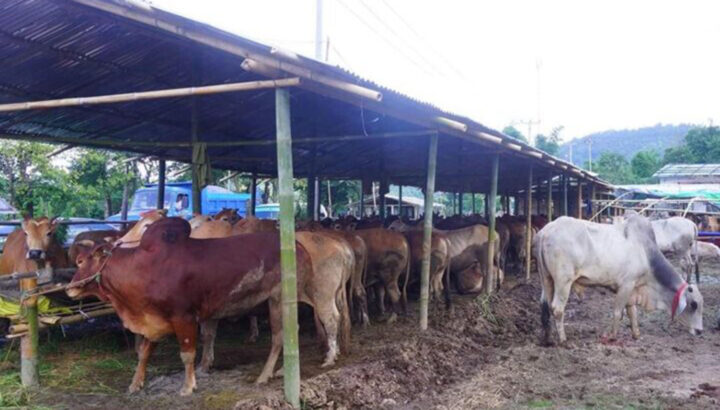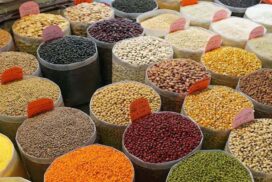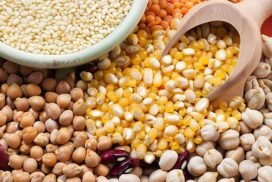Legitimate live cattle trading has grounded to a halt since 2020-end and about 6,000 herds have stuck in Muse, said U Soe Naing, chair of Mandalay Region Cattle Exporters Association.
“About 6,000-7,000 cattles are still stranded in Muse at the present time,” U Soe Naing stressed.
Earlier, around 15,000 herds were stuck in Muse and some traders returned their cattle to their home towns owing to the burden of labour wages and cost of feedstuff. Nonetheless, some traders embarked on the illegal sales. At present, about 6,000 herds remained stuck in Muse. It costs about 400,000-600,000 per 100 herds for feedstuff, labour wages and general cost, the association stated.
For legitimate trade, China permits live cattle import only after ensuring the cattle is free from 20 diseases including Foot and Mouth Disease, along with vaccination certificates, health certificates, and farming registration certificates. Yet, those import criteria do not matter on the black market.
At present, the legitimate border trade between China and Myanmar has suspended in light of the COVID-19 threats.
Prior to the COVID-19 outbreak, about 1,500-2,000 herds were daily exported to China via Muse land border. China has banned legal cattle trade at the present time.
Myanmar’s live cattle export is heavily relying on China market due to a good price although Myanmar has other external markets such as Laos, Thailand, Malaysia and Bangladesh.
The Ministry of Commerce grants a permit to each company for 100 cattle export and the permit is valid for three months. The companies can be taken legal action if they do not sell the cattle during three-month period.
Live cattle export was allowed in late 2017, with a view to eradicating illegal exports, creating more opportunities for breeders, promoting their interests and generating more revenues.
Myanmar shipped US$360 million worth of animal products including cattle to the external markets in the financial year 2018-2019. The value of animal product exports dropped by $100 million in the 2019-2020 FY as against a-year ago period, following the impacts of the COVID-19.
According to the 2018 pilot project of livestock census, there were 1.8 million buffalo and 9.7 million cattle, totalling 11.5 million, Ministry of Agriculture, Livestock and Irrigation stated.
Of them, 1.1 million cattle are old enough to be placed in market every year. Myanmar can yearly export over 600,000 herds of cattle beyond domestic consumption of 400,000 herds, according to the ministry.—NN/GNLM
6,000 cattle stranded in Muse since 2020-end
- August 10, 2021
- 915














